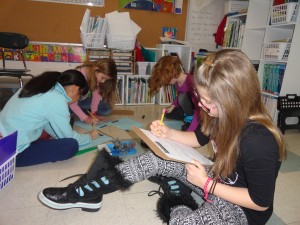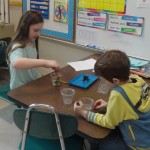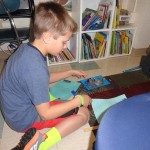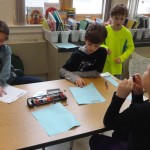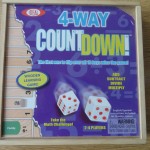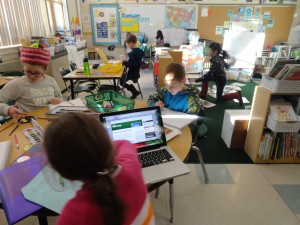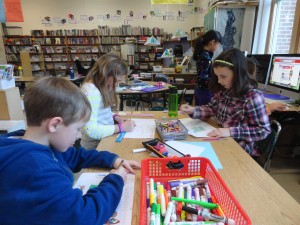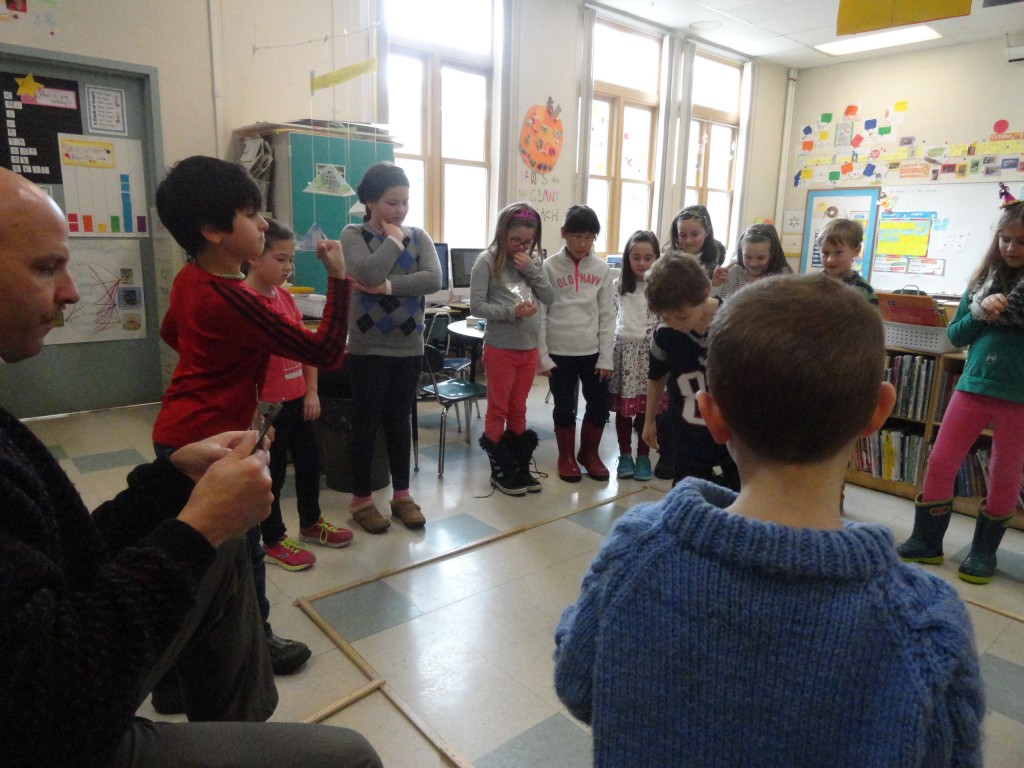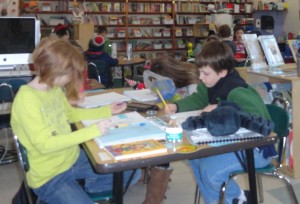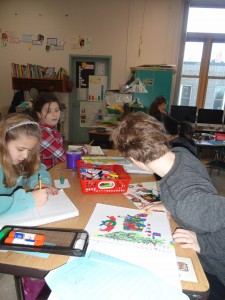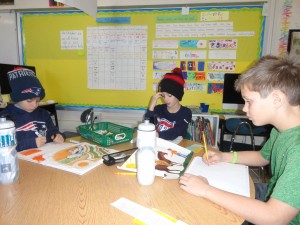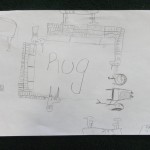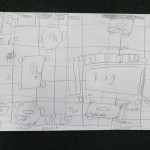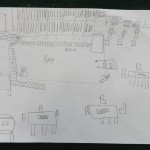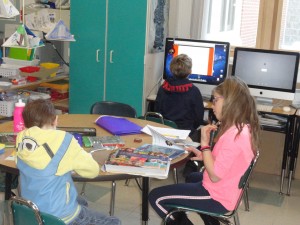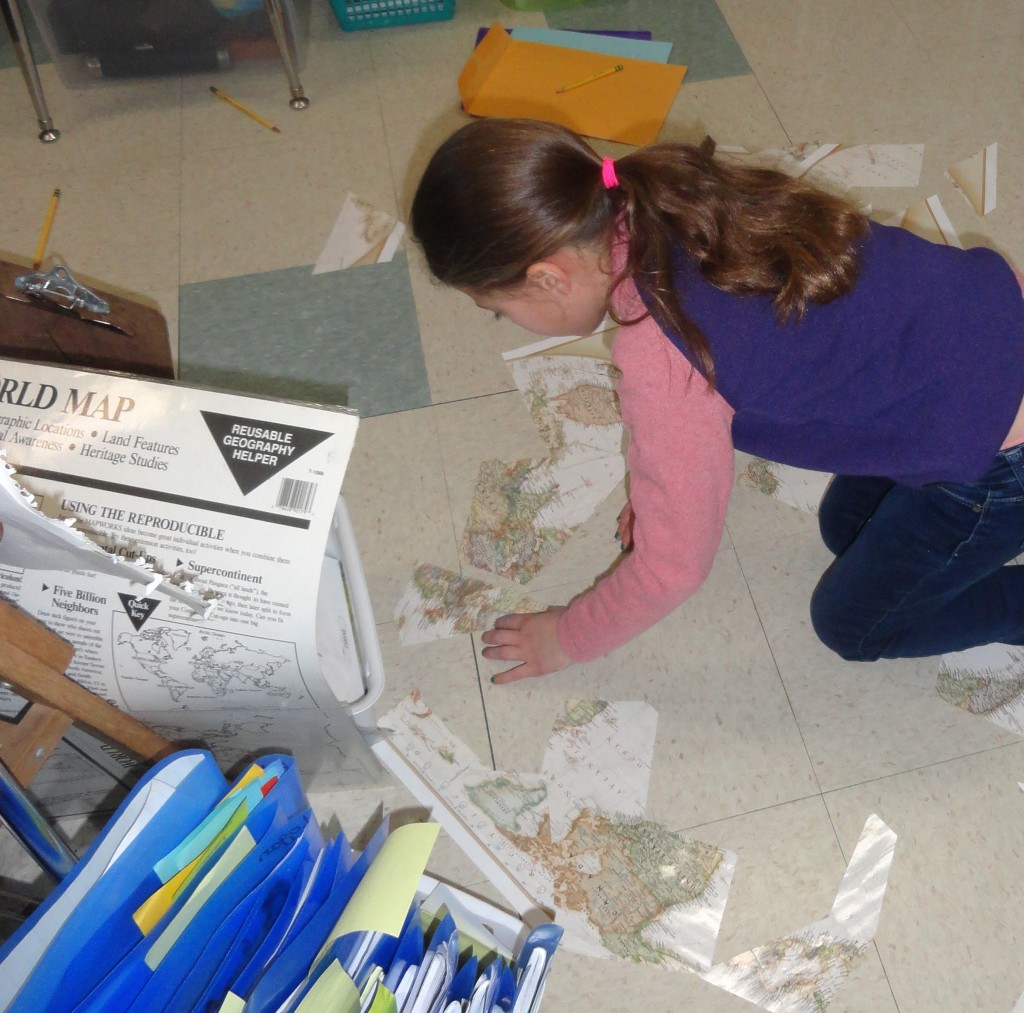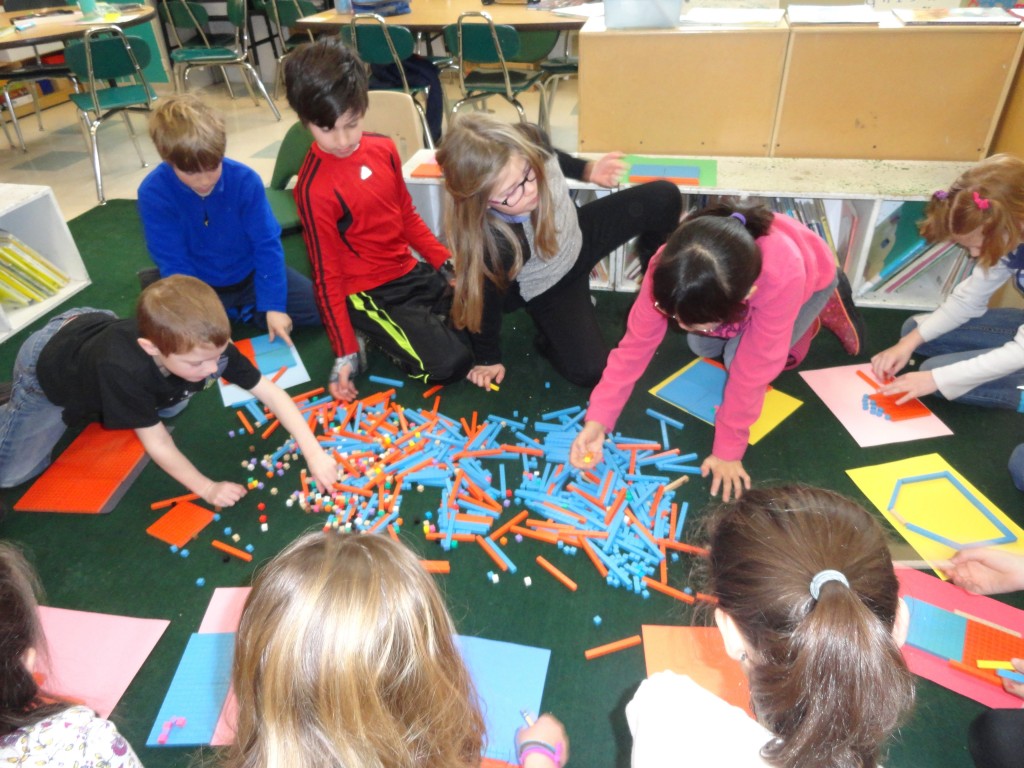 Thank you for talking with your child about expectations for behavior and learning at school. We continue to review expectations and make lists of expected and unexpected behaviors and learning choices during various times of our day. We are trying to guess at which behaviors are always expected – we have discovered kindness so far.
Thank you for talking with your child about expectations for behavior and learning at school. We continue to review expectations and make lists of expected and unexpected behaviors and learning choices during various times of our day. We are trying to guess at which behaviors are always expected – we have discovered kindness so far.
Place Value
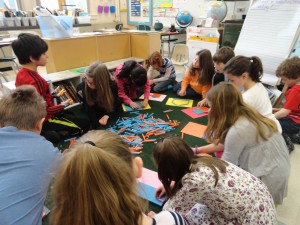 We’ve continued with our unit of study dealing larger numbers and place value. The students are quite good at reading numbers through the billions and identifying the value of a digit by name. We’ve been exploring equivalent values too and that’s little mind bending. For example, it is challenging to think about how many tens are in a thousand.
We’ve continued with our unit of study dealing larger numbers and place value. The students are quite good at reading numbers through the billions and identifying the value of a digit by name. We’ve been exploring equivalent values too and that’s little mind bending. For example, it is challenging to think about how many tens are in a thousand.
We’ve continued learning how the standard algorithm works and it seems that many of the children are becoming more comfortable with this process for adding amounts. They can see how ones may become tens and tens may become hundreds and hundreds may become thousands, etc… Many are also beginning to understand the process of trading in a subtraction problem. We’ve been working through the process with base 10 blocks to actually trade a flat of 100 in for ten rods of 10 so the class can see the amount and how the process is recorded on paper with numbers. Subtraction is our greatest challenge, but we are making progress.
You may notice that some of your child’s math papers are coming home unfinished. That is because I have asked them to work on the paper for a certain amount of time before moving on to the next math problem or project. Some children have completed a few problems, while others have nearly completed the whole page. The children may want to complete them as part of their math practice for homework or not. Either way is fine. I wanted families to be aware so it didn’t seem as though students were not doing their work. They have all done what was asked of them.
3 Africas ÷ 3 SouthAmericas + 3 North Americas + 2 Asias – 2Australias ÷2 Antarcticas ÷ Europes = 1 World
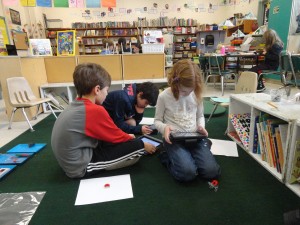 Our global geography museum has been named. As predicted, it was impossible to find a time that would work for all families. After looking at the surveys it seems as though Wednesday, February 17 works best for the most families. (We are very sorry if this isn’t so for you.) Our museum will be open from 1 to 2 during the school day and from 5:15 to 6:00 in the evening.
Our global geography museum has been named. As predicted, it was impossible to find a time that would work for all families. After looking at the surveys it seems as though Wednesday, February 17 works best for the most families. (We are very sorry if this isn’t so for you.) Our museum will be open from 1 to 2 during the school day and from 5:15 to 6:00 in the evening.
There has been a great deal of research happening. Now the children are using what they’ve learned to write what down what they’ve discovered. It is interesting to see how the concrete deadline inspires the children to focus on understanding so they can share what they know with you when you come to the museum.
Magnets



 This week the children are publishing an informational piece about magnets using either Book Creator or Explain Everything. They have planned out their writing with a lead, included at least three different facts about magnets and finished it with a summarizing conclusion. We learned about different types of leads: Snapshot, Question, Dialogue and Onomatopoeia. We experimented with writing different leads to see how it changed our interest as a reader. Our plan is to share these pieces of writing on our blogs when they are completed. We may also be creating a digital library housed in the cloud so that all the pages and videos will work as well.
This week the children are publishing an informational piece about magnets using either Book Creator or Explain Everything. They have planned out their writing with a lead, included at least three different facts about magnets and finished it with a summarizing conclusion. We learned about different types of leads: Snapshot, Question, Dialogue and Onomatopoeia. We experimented with writing different leads to see how it changed our interest as a reader. Our plan is to share these pieces of writing on our blogs when they are completed. We may also be creating a digital library housed in the cloud so that all the pages and videos will work as well.
Bits and Pieces –
- We began our Number Land structures and are creating mini-versions of ourselves out of pipe cleaners. Our next step is to figure out what “number” powers we’ll have in our new land.
- We are in the third part of Wildwood. Curtis is with the Bandits. Prue has reached the North Wood and the Dowager Governess is trying to feed Mac to the ivy. That may seem a bit confusing, but ask your child to explain.
- We’ll be having a Valentines’ Day breakfast on Friday, February 12. We’ll be sharing cards first thing in the day.


